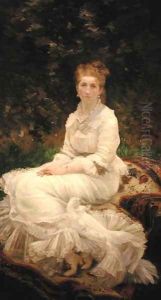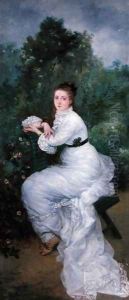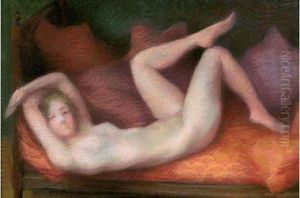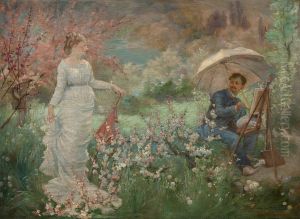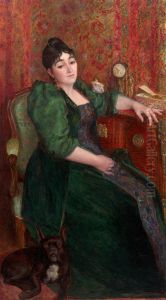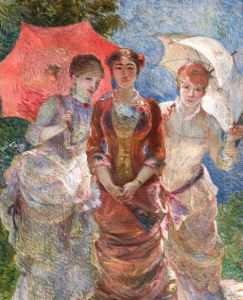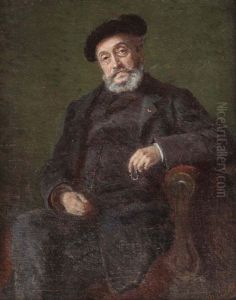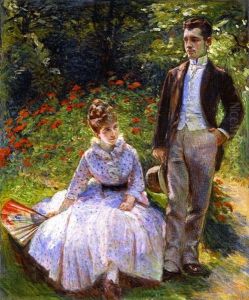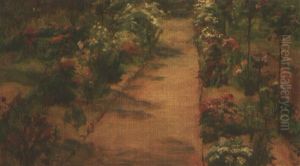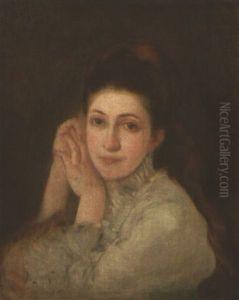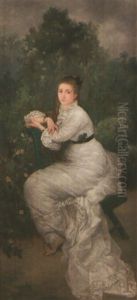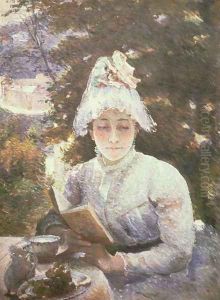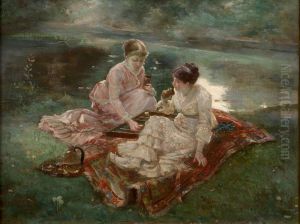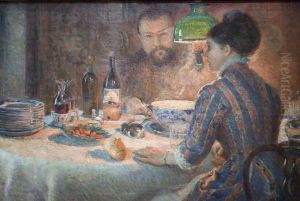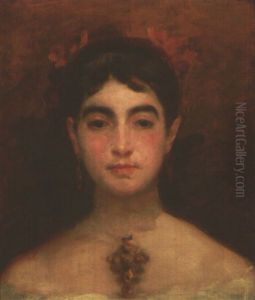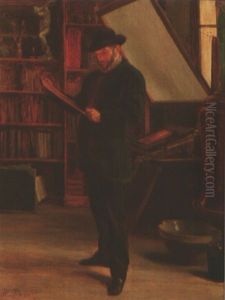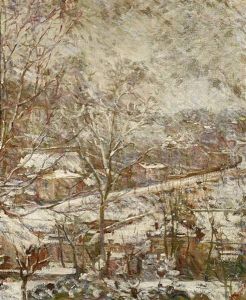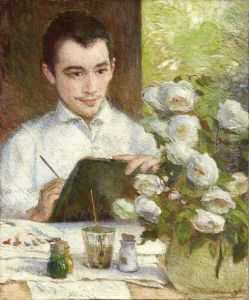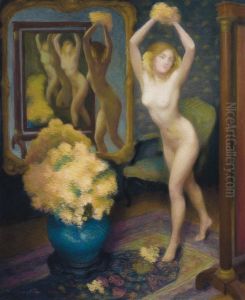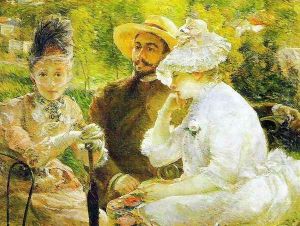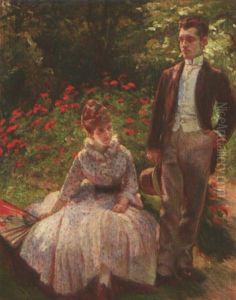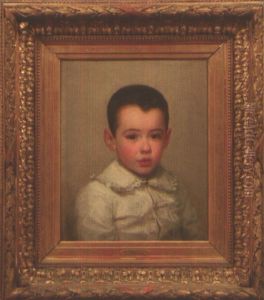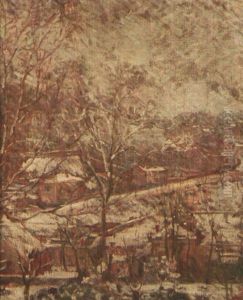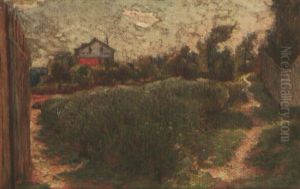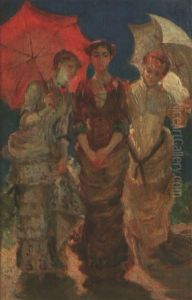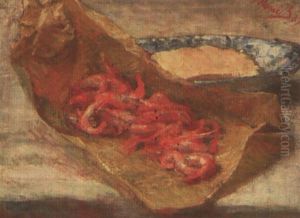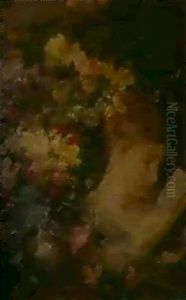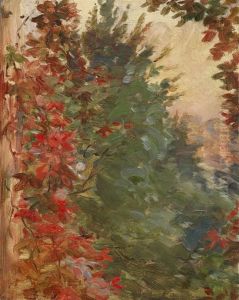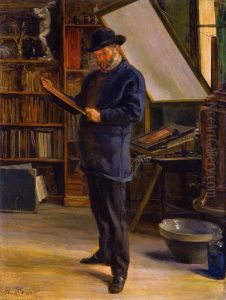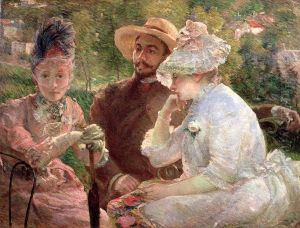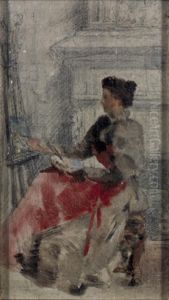Marie Bracquemond Paintings
Marie Bracquemond was a significant but often overlooked figure in the French Impressionist movement. Born in December 1840 in Morlaix, Brittany, she displayed an early inclination towards art, leading to her formal training under various artists including Jean-Auguste-Dominique Ingres. Her career took a pivotal turn when she met Félix Bracquemond, an engraver and artist, whom she married in 1869. Félix introduced her to the circle of artists who were at the forefront of the Impressionist movement, including Edgar Degas and Claude Monet.
Marie Bracquemond's work is characterized by its use of light, vibrant colors, and a keen interest in capturing domestic life and landscapes. She participated in several of the Impressionist exhibitions, most notably in 1879, 1880, and 1886. Despite her active involvement, she faced significant challenges, not least from her husband Félix, whose traditional views on art clashed with her Impressionist inclinations. This tension stifled her artistic expression and output, leading her to eventually abandon her painting career in the early 1890s.
Beyond her contributions to Impressionism, Marie Bracquemond explored ceramics and was noted for her innovative designs that combined Impressionist style with ceramic art. Her work in this medium extended her influence in the art world, albeit quietly.
Marie Bracquemond's legacy is one of resilience and creativity in the face of personal and societal challenges. She died in Paris in January 1916, leaving behind a body of work that, while not as extensive as her male contemporaries, is increasingly recognized for its contribution to the Impressionist movement and its reflection of the artist's unique perspective and talent.
